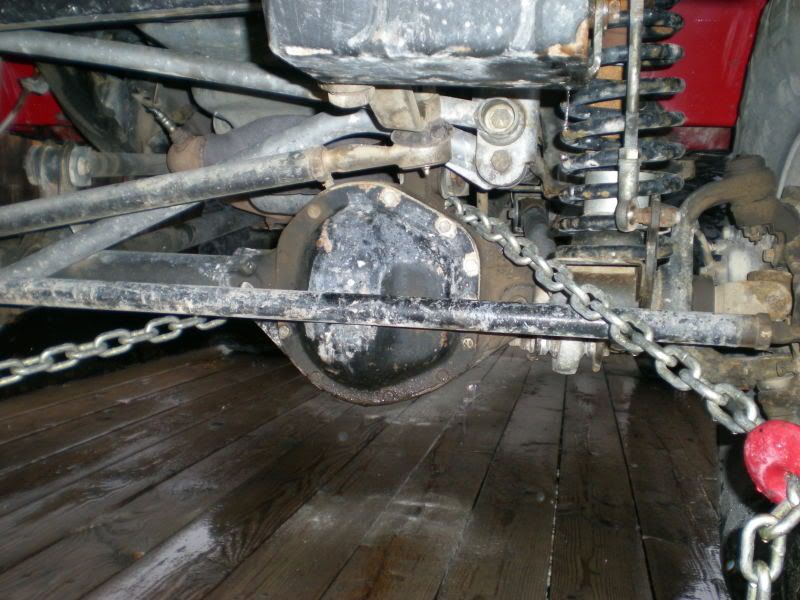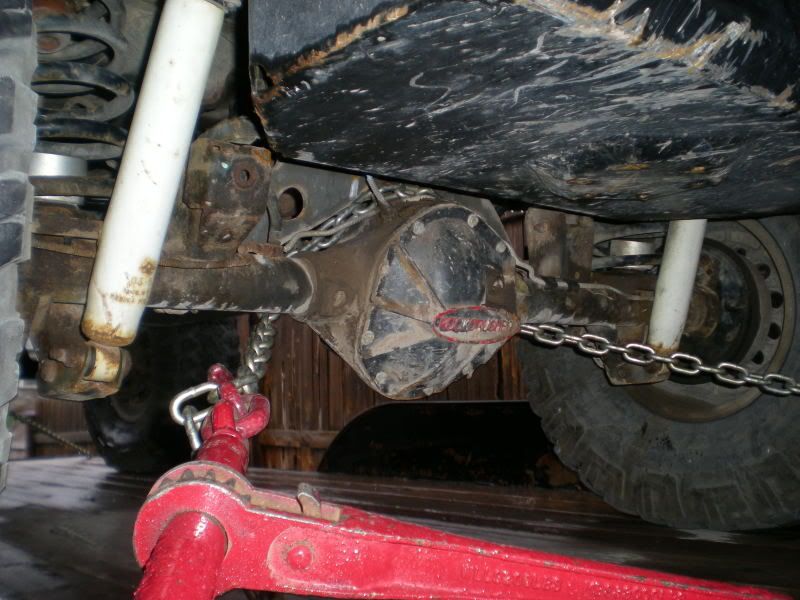cruiseroutfit said:
Here ya go 6000lb Vehicle 1000lb Trailer
85mph-0mph in 180ft
Vf^2=Vi^2 + 2a(x2-x1)
0Mph=85mph^2 + 2a(180ft) so a= -43.17 ft/s^2
F=ma
F=(7000lb)(43.17 ft/s^2)
F=9392.70151339 lbf*
So in this case the 10k straps would suffice. Plus I would imagine that the 10k rating is the "working load" not the "breaking strength" of the straps. I bet they can actually hold closer to 12-15k before breaking...
*(Assuming uniform deceleration, ignoring jerk/impulse)
I like Kurt's nubers the best!
...but I'm wondering why you use 7000lbs when you state the rig weighs 6000 lbs....and I want a 1000lb trailer, that'd be kewl! My rig weighs between 4500 and 5000 loaded. My trailer is around 1500 lbs, but that's irrelevent.
Using your hard earned math, I'll insert 5000lbs for my rig's weight:
F= 5000lbs x 43.17 ft/s^2= 6707 lbf* (*same assumption as Kurt)
I use a 15K# strap at each corner of the frame near the axles, angling out slightly to the corner of the trailer. It doesn't move or bounce. Since I have a shackle reversal, if I were to strap my front axle forward, it'd pull until the shackles got tight, which would be bad. I used to chain the rear axle and strap the front, but 4 straps is just so much quicker.
I don't cross the straps because there's a smaller verticle component at the point of attachment. The opposite would be going straight down...and I don't do that either, there's little horizontal control that way. Because of where I hook on the frame relative to the point on the trailer, my straps end up around 45*+/- 10* (just eyeballing it). I get the benefit of crossing the straps without the liability.
In the end though, using plenty of strap or chain, in multiple locations, in multiple directions, to a properly sized trailer behind a properly sized tow rig is what's important.
YMMV.

(now, how 'bout stick vs slush?)



